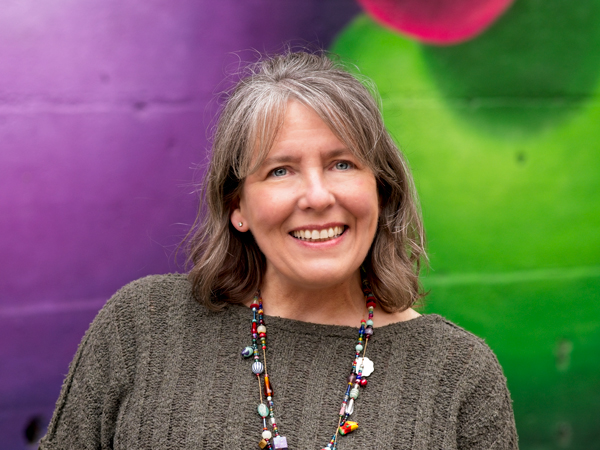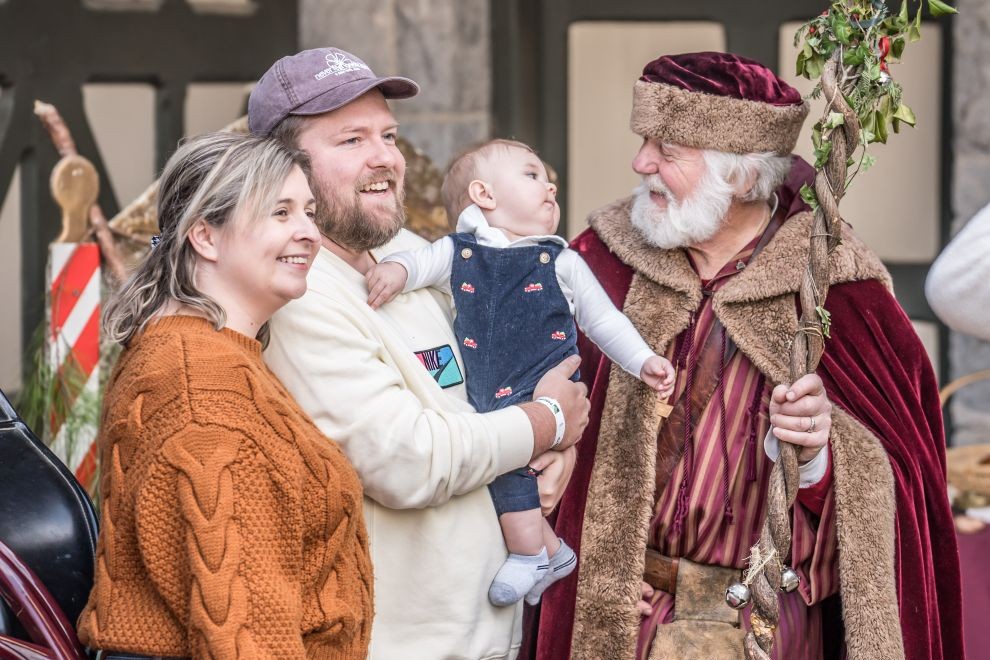Several years ago (I’m pretty sure it was 2019 because my eldest child Sam had recently moved out), I went to my closet with a very clear mission.
I was determined to sort through all the clothes and other things that had piled up in there, including but not limited to: shoes, purses, children’s artwork, books, and blankets. Basically, in addition to holding an entire work wardrobe from a past life, my walk-in closet had become a crap closet – a spin-off of the more familiar junk drawer – for the entire family.
Immediately horrified, I shut that door and headed straight to Sam’s room with a different but still very clear mission: to go through her smaller and much less overwhelming closet. She had told me she’d left a few things in there for me to keep, and I was excited to check it out.
After just a few minutes of looking at the clothes Sam had left for me, I had an a-ha moment. Much to my delight, the sweaters, jackets, and tops fit me perfectly, and I found myself second-hand shopping in my daughter’s closet. That’s when I declared the second moratorium on clothes shopping in Schwartzkopf history. I even came up with a hashtag: #NoNewClothesforKaren
I had a similar a-ha experience years before when I caught The Story of Stuff online. Do you remember this? It’s a twenty-minute animated film that reams out the materials economy of which we are all a living, breathing, and hyper-consuming part.
Tracking consumer goods through the linear system of extraction, production, distribution, consumption, and finally, disposal, is a very genuine writer and narrator named Annie Leonard. Annie (who seems nice enough to be your neighbor or your child’s favorite teacher) shares that a full “ninety-nine percent of the stuff we harvest, mine, process, and transport is trashed within six months.”
I found The Story of Stuff both inspiring and depressing back then. In 2007, the film’s message of minimalism and sustainability had come at just the right time. It was about this time that the economy had begun its much-ballyhooed descent. Like lots of families, our finances and the way we moved through the world in general, were deeply affected by the Great Recession. There’s nothing like a lousy economy to rescue a family not only from overspending but also from amassing too much stuff.
That was my first freeze on buying new clothes. Together, we took a good hard look at our overflowing drawers and crowded closets – at wants versus needs specifically – and at the price tags out there. The girls were twelve, ten, and eight. They had been cycling through hand-me-downs anyway, so at first this didn’t seem like a big deal. We would soon discover, however, that middle school and minimalism are not always a great fit. In the mid-2000s, it was Crocs. These days, families who are trying to stay ahead of water bottle trends are keenly aware of how this works.
According to The Story of Stuff, on average we consume twice as much stuff today as we did sixty years ago, when stewardship and thrift were valued over shopping and consuming. Nowadays, those of us who are fortunate enough to have incomes (and some of us who might not) just shop and shop and shop. Then we watch social media, and we’re told to – guess what? Shop some more. In fact, shopping and social media are some of our top leisure activities. It’s a never-ending cycle: Work, watch, shop. Work, watch, shop.
Between our first temporary clothes-shopping freeze (inspired by The Story of Stuff) and the second one (during which I came up with my nifty hashtag), my children have helped me break the cycle. While I was walking through Target resisting the impulse to buy Earth Day t-shirts for everyone, they had already figured out which Goodwill had the best Virginia college t-shirts. When I was dreading the thought of paying hundreds of dollars for a prom dress (with alterations), they had already found Cinderella Dreams, where teens can shop for prom dresses for five dollars.
During this same period, the team behind The Story of Stuff had produced dozens of animated shorts and documentaries that chart a path to a more sustainable future. The Story of Microbeads, for example, taught me I needed to change my skincare regimen. The Story of Plastic was another eye-opener.
Whether you think you’re materialistic or not, you have to admit that as a nation of consumers, we are obsessed with shopping. I realize now that in the past two decades, I have been working off a blueprint that has reduced my obsession with things, thanks to my kids. With their help, I’ve been pretty good about sticking to my hashtag, but my closet is a very different story. If you’ve made it this far and you’re wondering about that – no, I haven’t cleaned it out yet. Where else would I put all my stuff?
Check out StoryofStuff.org for animated shorts and documentaries. Maybe you’ll be inspired, too!





